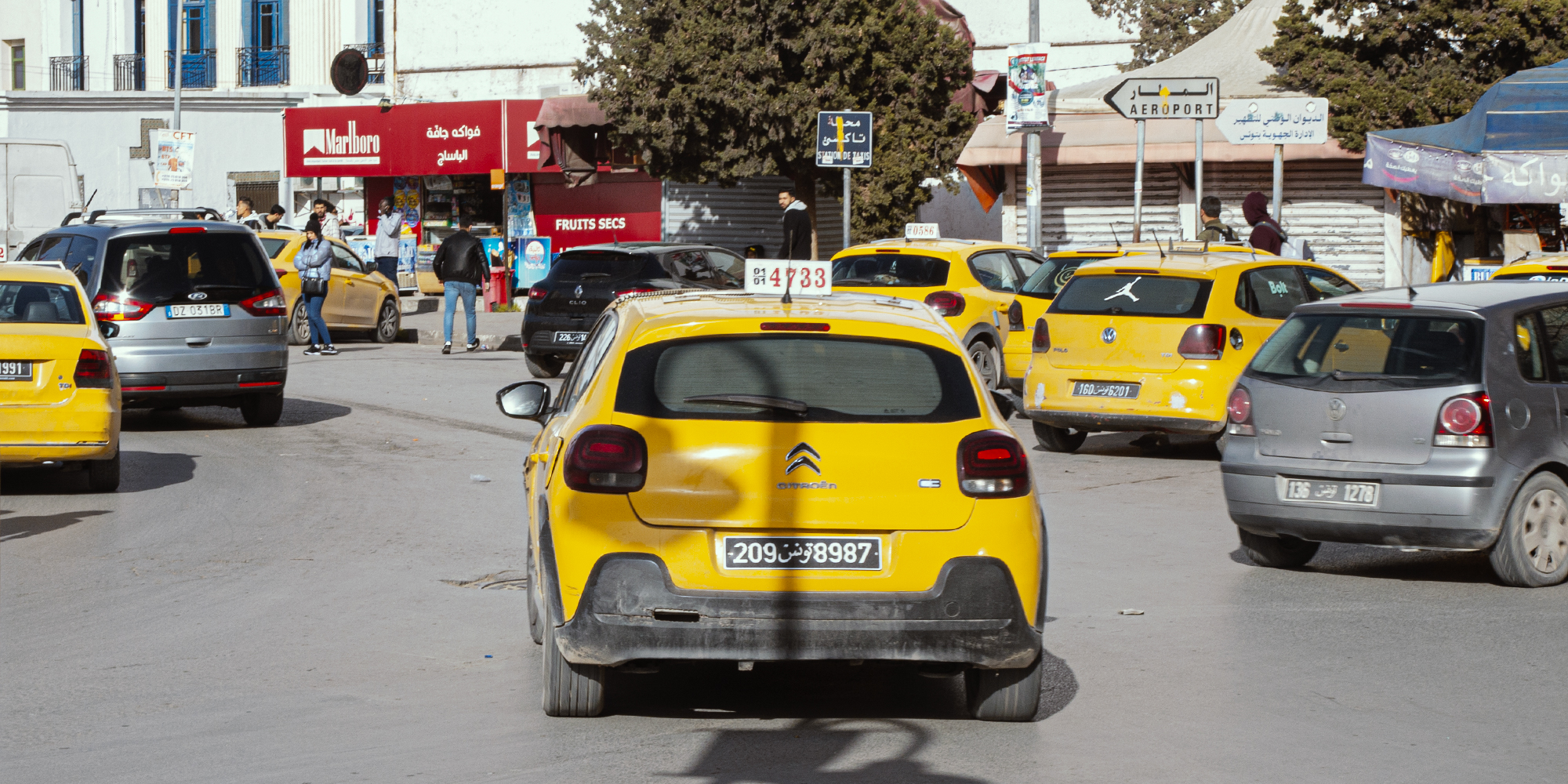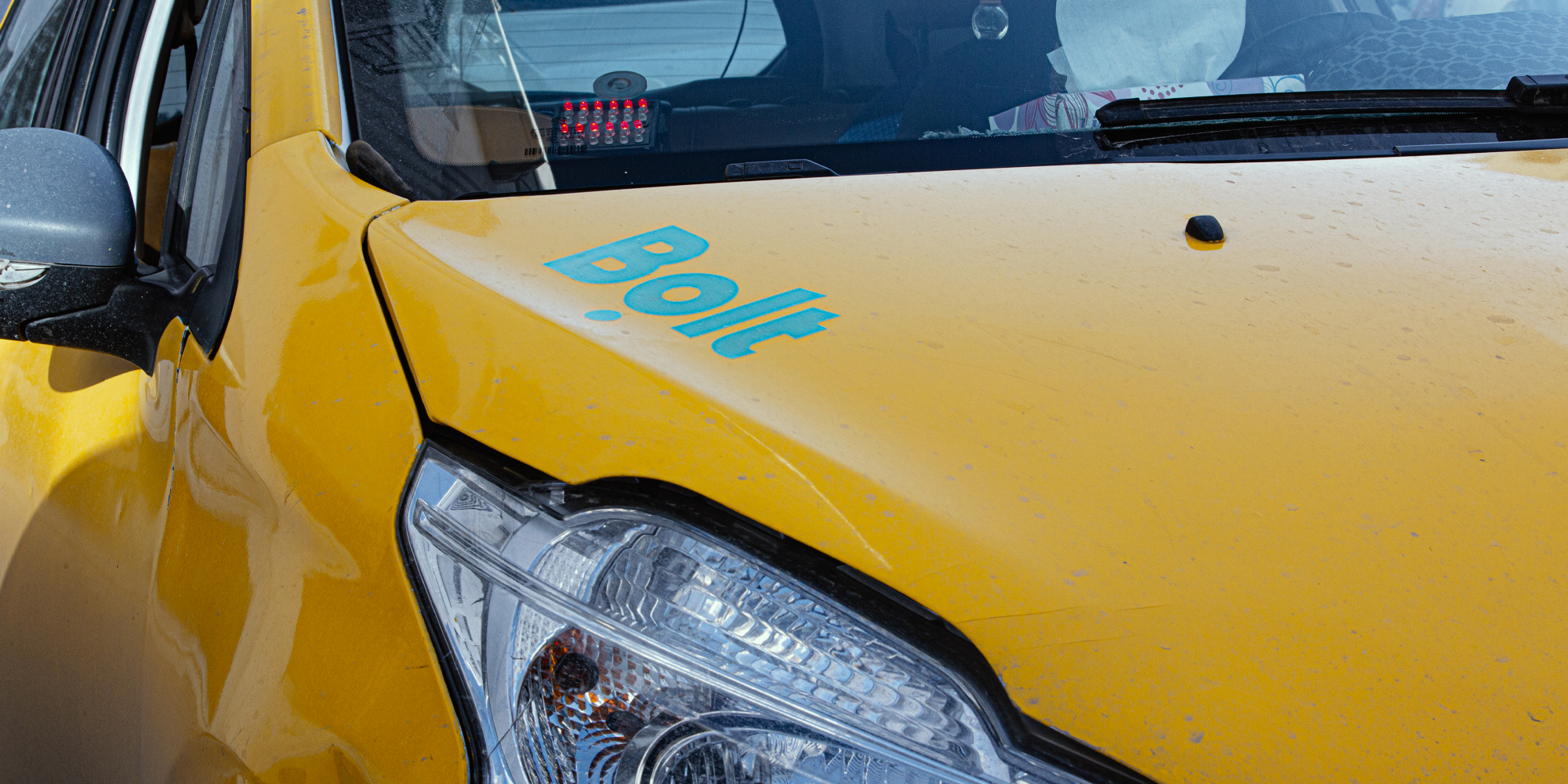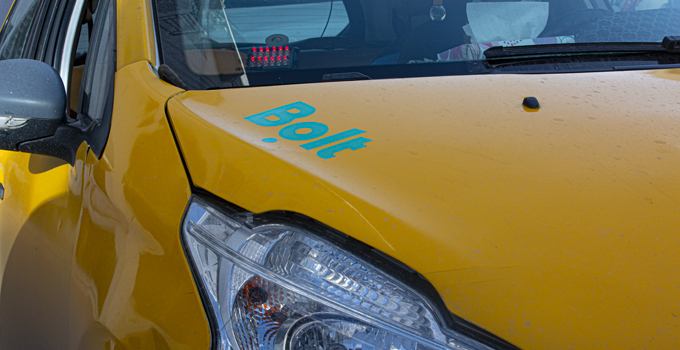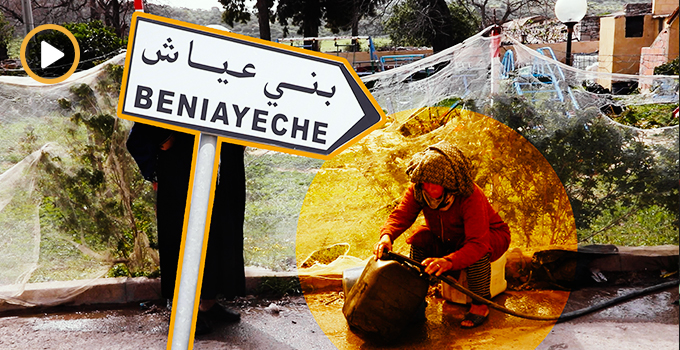It is 6:30pm and pouring rain in Place de la République, more commonly known as « Passage », in downtown Tunis. People are eagerly searching for taxis, many of which have already removed their roof signs. One taxi driver stops for a man waving his hand on the sidewalk. After a brief exchange, the driver zooms off. Evidently, the requested destination was inconvenient for him. Pedestrians who find themselves downtown at rush hour have to jump through hoops to find a taxi.

A group of taxi drivers are nibbling on sunflower seeds as we walk by. « You looking for a taxi? » one of them asks nicely. After a moment’s hesitation, we name our destination: Bardo. The driver apologizes. « What about Marsa or La Goulette? », we ask in a sarcastic tone. He smiles and responds, « Sure, why not? That’s our favorite direction ». Generally speaking, taxis stationed at Passage have a predetermined destination, as affirmed by our driver friend: the city’s northern suburbs. Those headed in any other direction are left to their own devices.
The taxi sector, quantified
Mohamed Bouslahi is secretary general of the Taxi Union of Greater Tunis which is part of the Confederation of Citizen Businesses of Tunisia (CONECT). « We aren’t able to determine the number of taxis on the road in Greater Tunis. The governing authority does not divulge such information », Bouslahi tells Nawaat. But according to Olfa Ballouchi, director of Tunis’ Economic and Investment Service, there are an estimated 17,000 taxis in Greater Tunis. As per the 2018 census, that number is 9,074 in the governorate of Tunis.
Between 2018 and 2020, the base rate for taxi fares rose from 500 millimes to 540 millimes. Over the same period, the wait time rate of 40 millimes per 22 seconds rose to 40 millimes per 18 seconds. The distance at which fare rates automatically increase dropped from 86 meters to 79 meters. « Taxi fares in Tunisia are very low compared with other countries. We need to reexamine these fares in correlation with rising fuel prices. Living conditions are becoming increasingly difficult », Bouslahi tells Nawaat. He argues that the creation of a national transport committee within the Ministry of Transport would enable the regulation of a sector that suffers from « numerous problems ».
To offset decreased revenues, some taxi drivers are opting for solutions deemed significantly more profitable: mobile applications such as Bolt, In Driver and Yassir, among others.
The rush onto mobile apps
« You just need a taxi driver’s license to take advantage of the application », says Mohamed, a taxi driver. The fare for a normal ride is very low compared with other countries, Mohamed complains, adding that even the mobile applications aren’t very profitable.
« In any case, Bolt takes 15% of every ride. If the total fare is an estimated 10 dinars, we only make 8.5 dinars », says Mohamed. As far as Bouslahi is concerned, « The use of apps is inevitable.But the Ministry doesn’t want to regulate the sector ».

For Olfa Ballouchi, the adoption of mobile applications is necessary. « We must prepare the legal framework for transport service applications, because we live in a world that is interconnected ». Still, Ballouchi remarks, « initiatives of this kind are not being developed in coordination with the governorate ». Mohamed Bouslahi points out that « while authorizations are issued by the government, the applications operate in the absence of any legal framework ».
The mobile apps allow users to choose their destination, anticipate fare price and view available drivers. Nawaat reached out to representatives of several mobile applications for transportation in Tunisia, but only Bolt responded. « Independent drivers cannot sign on to the Bolt application. It is only for taxi drivers. They have to provide a driver’s license that is for taxis, the B3, and other personal information so that we can verify the driver’s identity » says Khaled Hmani, director of marketing and communication for Bolt. Hmani would not divulge the number of drivers registered on the application. « That information is strictly confidential », he insists.

As for fare rates, the taxi meter remains the reference, Hmani explains. « We follow the taxi’s trajectory with Google Maps, but we don’t have the right to create a Bolt meter. The ride fare is calculated by the driver’s meter ». Nonetheless, many parameters influence ride price, including time, direction and weather conditions. During rush hour, and after work hours in particular, everyone is on the lookout for available taxis. This is where Bolt steps in. « We must comply with market forces which are dictated by supply and demand. When demand is high and supply is low, fares increase according to the availability of taxis », Hmani tells us. As a result, Bolt has no standard fare.
IWatch is critical of this approach. The organization recently filed a lawsuit against the company Bolt Technology following grievances put forth by a number of citizens. The mobile app is accused of violating certain provisions under the Law 2000-83 relative to electronic exchanges and commerce.
But faced with subpar public transportation options, the mobile apps are a welcome alternative for many passengers. « I usually use Bolt at night. I live in the southern suburb of Tunis and take a Bolt to get to the northern suburb », says 28-year old Salma. « It costs me 4 dinars more. The price for a normal taxi ride varies between 12-14 dinars, while Bolt costs me 18 dinars. But it feels safer than looking for a normal taxi. Accounts of kidnappings scare me ». For nighttime excursions, security is Salma’s primary concern.
The same is true for 34-year old Rabeb, a journalist who refuses to take public transportation, opting for taxis to ensure both « comfort and security ». Rabeb notes that « conditions in the metro have progressively deteriorated over the past two years. To avoid sexual harassment, it’s better to take a taxi ».
Institutional regulations
The taxi sector was governed by Circular 40 of 2015 which fixed the procedures for obtaining a taxi driver’s license. A committee consisting of representatives at the governorate level and from the Regional Transport Directive, CNSS and the UTICA was responsible for examining requests for taxi authorizations. « This circular was replaced by another, Circular 201, which expanded the committee’s composition to include representatives of professionals in the field as well as any individual deemed useful by the governor. But in 2021, this circular was also suspended by the Ministry of Transport », Ballouchi tells Nawaat. « In reality », she adds, « we are confronted by a conflict of competencies between taxi unions and the UTICA. In terms of sector regulation, however, there aren’t really any major problems ».
But the conflict persists. In an internal note, intercepted by Nawaat, addressed to the Ministry of Transport, the taxi union demands representation by CONECT bodies in order to put an end to the UTICA’s monopoly in the representation of professionals in the field.
With public transport services on the decline, taxi drivers and passengers alike have jumped at the alternative transportation option that mobile applications represent. In the meantime, guarantees protecting the interests of riders have yet to catch up with the trend, and will continue to lag behind so long as the government maintains its laissez-faire, laissez-passer attitude towards sector regulation.





iThere are no comments
Add yours